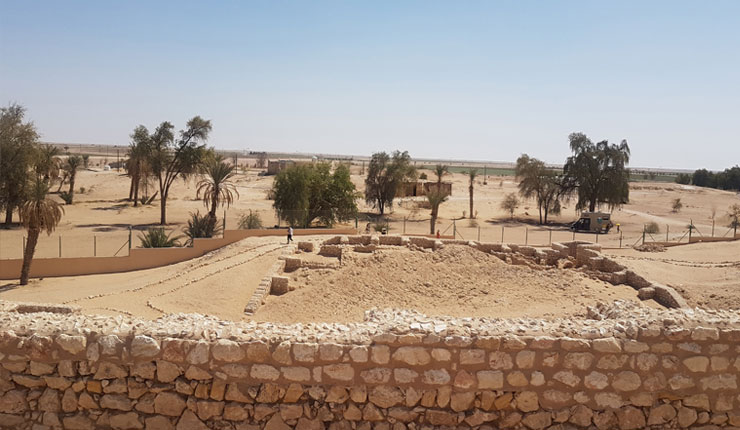
First, he found the tracks which the Bedouins said existed and in order to aid his work, he applied to NASA to provide the satellite images of the area. Clapp took two different approaches in his mission to prove the existence of Ubar. He quickly started his research, attempting to carry on from where Thomas had left the project. The people of ‘Ad, revealed 1,400 years ago in the Qur’an, emerged as one of the miracles of the Qur’an through modern-day technology.Ĭlapp, who examined what the English researcher Thomas wrote, was convinced of the existence of the lost city described in the book. In the photographs of the city of Ubar, viewed from space by NASA in 1992, were identified traces of ancient desert tracks. The above satellite photographs show a section of Oman in the south of the Arabian Peninsula.

Thomas, who showed great interest in the subject, died before being able to complete his research. In one of the trips he made to the region, the Bedouins living in the desert had shown him well-worn tracks and stated that these tracks led toward the ancient city of Ubar. 227 This was the city known as "Ubar" by the Bedouins.

The English researcher Thomas described these tribes at length and claimed that he found the traces of an ancient city founded by one of these tribes. In addition, the people living in this region produced and distributed "frankincense," an aromatic resin from rare trees. The Greeks called this area "Eudaimon Arabia" and medieval Arab scholars called it "Al-Yaman as-Saeed." 226 All of these names mean "Happy Yemen," because the people living in that region used to serve as middlemen in the lucrative spice trade between India and places north of the Arabian Peninsula. Arabia Felix was the Roman designation for the southern part of the Arabian Peninsula which today includes Yemen and much of Oman.

This book was Arabia Felix, written by the English researcher Bertram Thomas in 1932. 225 Being an Arabophile and a winning documentary film maker, Clapp had come across a very interesting book during his research on Arabian history. It was Nicholas Clapp, a noted documentary filmmaker and a lecturer on archaeology, who found this legendary city mentioned in the Qur'an. Such people could not conceal their astonishment at this phenomenal discovery. Many people had previously suggested 'Ad was a legend or that the location in question could never be found. At the beginning of 1990, press-releases in the well-known newspapers of the world declared "Fabled Lost Arabian city found," "Arabian city of Legend found" and "The Atlantis of the Sands, Ubar." What rendered this archaeological find particularly intriguing was the fact that this city is mentioned in the Qur'an.


 0 kommentar(er)
0 kommentar(er)
